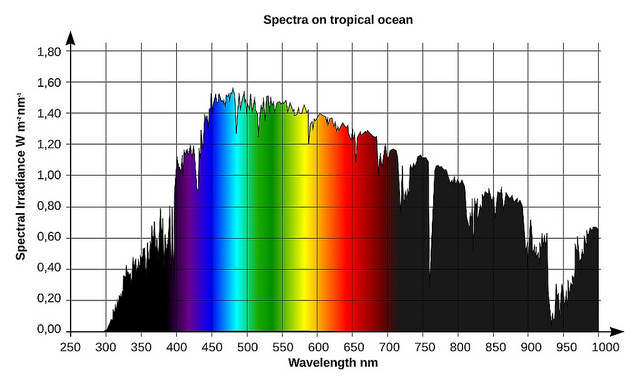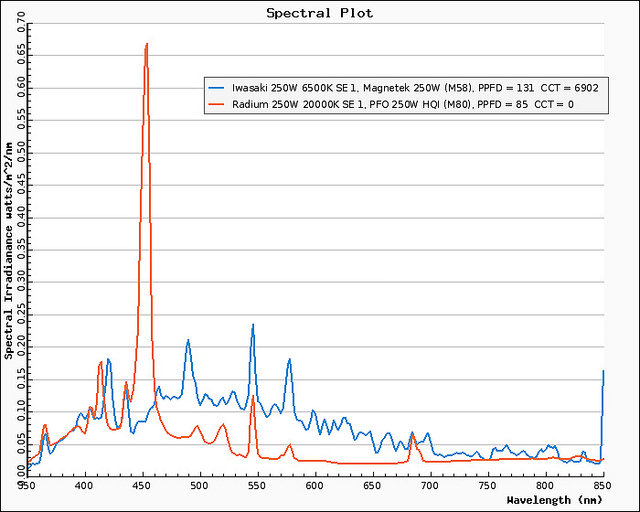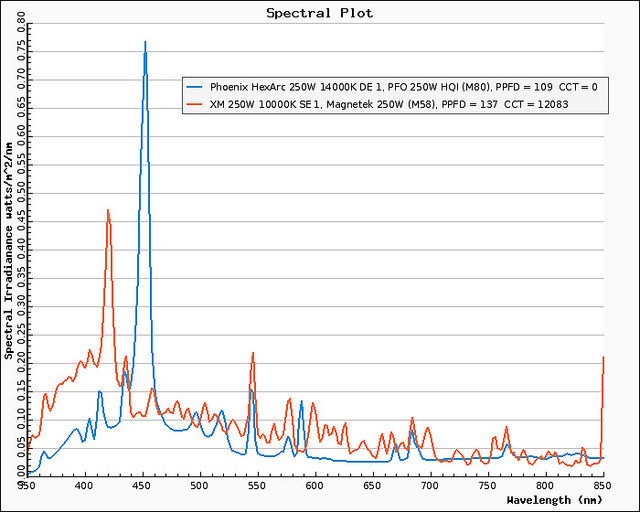If you're reading this, you probably know that the Emerson Enhancement Effect is an observed non-proportional increase in the rate of photosynthesis when plants are simultaneously exposed to red and far-red light. In other words, if we expose a plant to a given amount of red light and see a rate of photosynthesis of, say, 100, and we then expose the plant to the same amount of far-red light and get a rate of 100, we would reasonably expect to see a rate of 200 when exposed to the same amounts of red and far-red light. But we don't - we see a rate of, say, 300. So, the question is this - red and far-red doesn't penetrate water very well. What if it did? Would coral growth be increased? Or, as is also known, red light regulates (decreases) zoox density/chlorophyll content. Many questions. Few answers. Your thoughts appreciated.
I've been o a road trip for the last 3 days - trying to catch up.
I've been o a road trip for the last 3 days - trying to catch up.





















